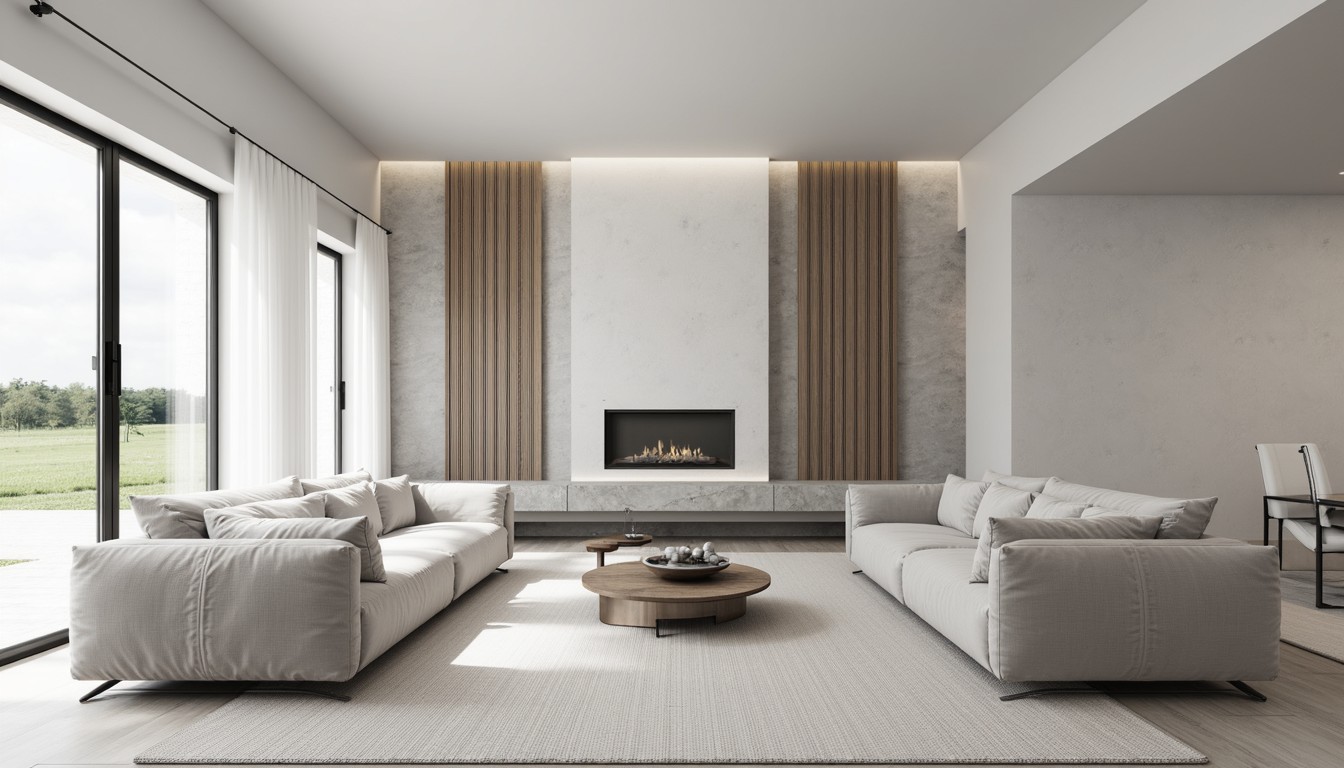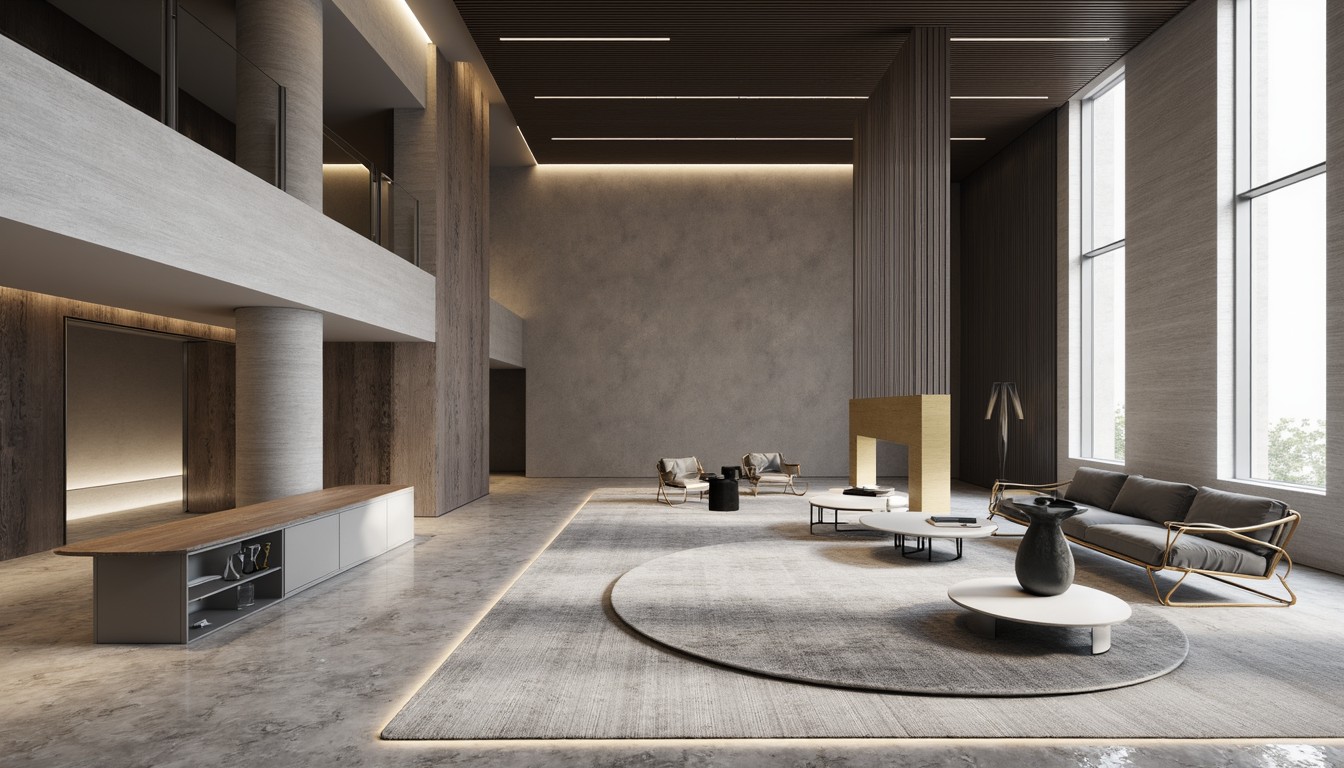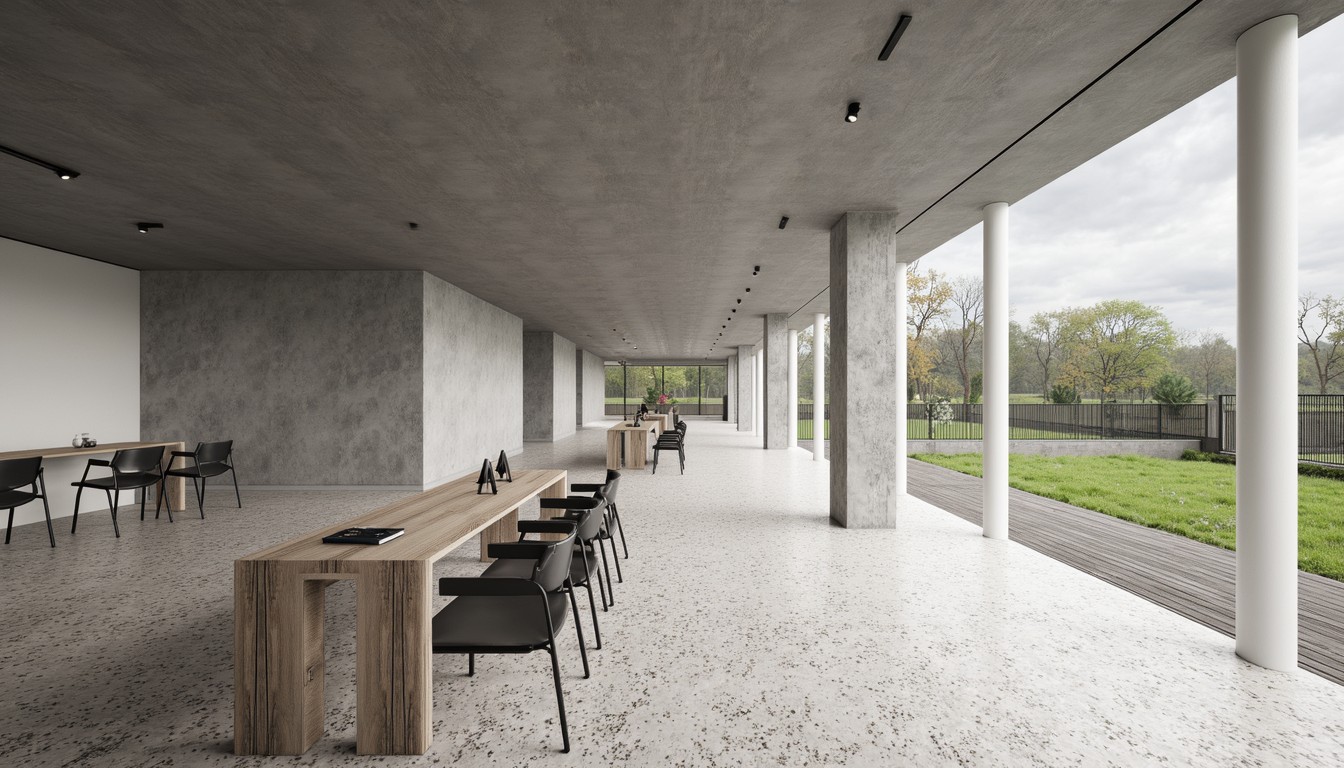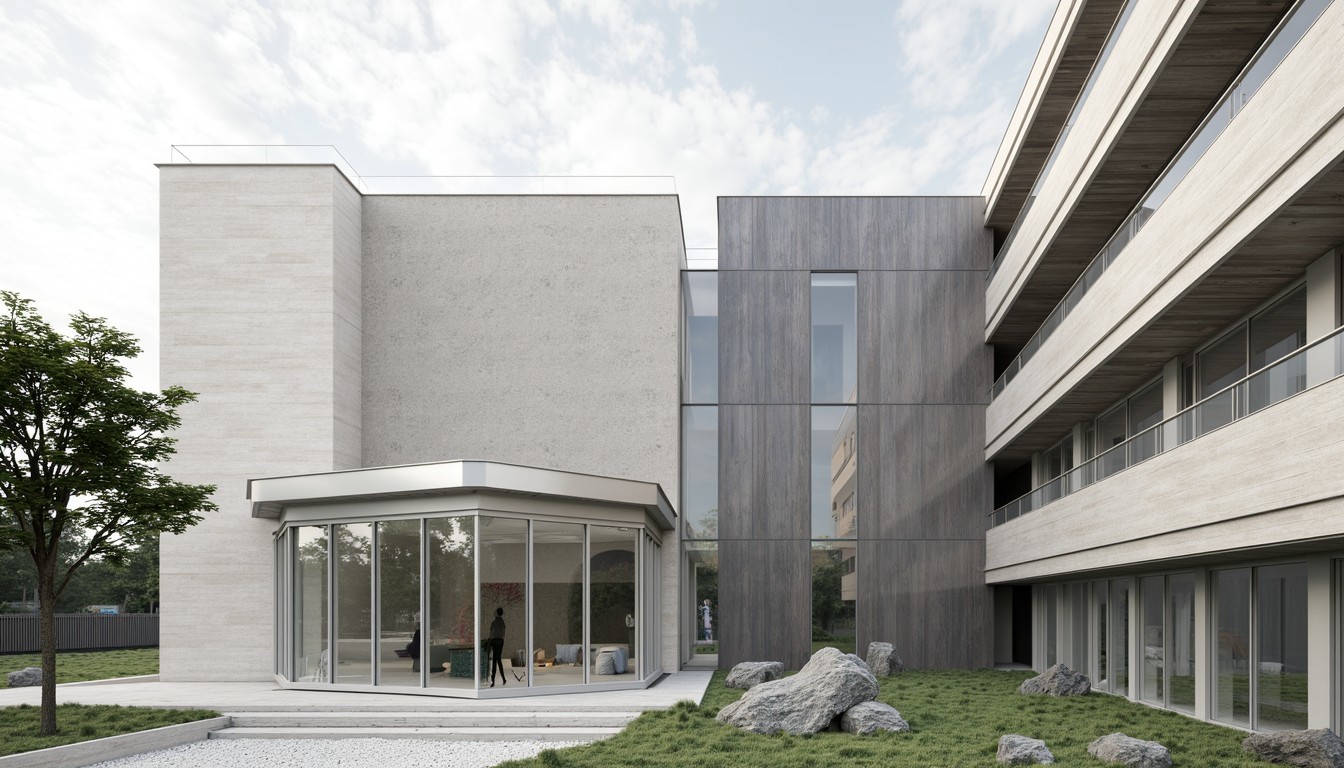3D Printing in Construction: Building the Future
The construction industry, often characterized by its slow pace and reliance on traditional methods, is undergoing a radical transformation. At the forefront of this revolution is 3D printing, a technology rapidly reshaping how we design, build, and inhabit our spaces. From intricate architectural details to entire buildings, 3D printing offers unprecedented opportunities for innovation, efficiency, and sustainability. This article delves into the exciting world of 3D printing in construction, exploring its current applications, future potential, and the challenges it faces.
The Rise of Additive Manufacturing in Construction

Additive manufacturing, or 3D printing, in construction involves depositing layer upon layer of material to create three-dimensional structures. Unlike traditional methods that rely on subtractive processes (cutting and shaping existing materials), 3D printing offers a more precise, efficient, and customizable approach. This technology utilizes various materials, including concrete, polymers, and even recycled materials, opening up exciting possibilities for sustainable building practices.
Types of 3D Printing Technologies Used in Construction
- Binder Jetting: This method uses a binding agent to fuse powdered materials together, layer by layer.
- Extrusion-based 3D printing: A nozzle deposits a continuous stream of material, building the structure layer by layer. This is commonly used with concrete.
- Vat Polymerization (Stereolithography): This process uses a UV laser to cure liquid resin, layer by layer, creating highly detailed structures.
Real-World Applications of 3D Printing in Construction

The applications of 3D printing in construction are diverse and constantly expanding. Here are some notable examples:
1. Creating Architectural Models and Prototypes:
Architects and designers are leveraging 3D printing to create highly detailed and accurate models, allowing for better visualization and client communication. This speeds up the design process and facilitates quicker revisions.
2. Constructing Small-Scale Buildings and Structures:
3D printing is proving particularly effective in constructing small-scale buildings, such as houses, offices, and even bridges. This is especially beneficial in remote areas or disaster relief situations where traditional construction methods may be impractical or challenging.
3. Producing Complex and Customized Architectural Components:
Intricate architectural features, such as decorative facades, customized molds, and unique structural elements, can be efficiently and precisely produced using 3D printing. This opens up exciting possibilities for architectural design and customization.
4. Building Sustainable and Energy-Efficient Structures:
3D printing allows for the incorporation of sustainable and recycled materials into construction, reducing the environmental impact of building projects. The precise nature of 3D printing also allows for optimized designs that minimize material waste and enhance energy efficiency.
Advantages of 3D Printing in Construction
- Increased Speed and Efficiency: 3D printing significantly reduces construction time compared to traditional methods.
- Reduced Labor Costs: Automation through 3D printing minimizes the need for manual labor.
- Enhanced Design Flexibility: Complex and customized designs are easily achievable.
- Minimized Material Waste: Precise printing minimizes material wastage.
- Improved Sustainability: Use of recycled and sustainable materials is facilitated.
- Cost Savings in the Long Run: Despite initial investment, long-term cost savings are often realized.
Challenges and Future Outlook

Despite its numerous advantages, 3D printing in construction faces certain challenges:
- High Initial Investment Costs: The acquisition of 3D printing equipment can be expensive.
- Material Limitations: The range of printable materials is still expanding.
- Scalability Issues: Scaling up 3D printing for large-scale projects requires further development.
- Regulation and Standardization: Clear regulations and standards are needed to ensure safety and quality.
However, ongoing research and development are addressing these challenges. The future of 3D printing in construction is bright, with ongoing advancements promising even greater efficiency, sustainability, and design possibilities.
ArchNav: Your Partner in Architectural Visualization
At ArchNav, we understand the transformative potential of 3D printing and its impact on the future of construction. We leverage cutting-edge visualization techniques to help architects and designers explore and communicate the possibilities of this revolutionary technology. Our high-quality renderings and animations bring your 3D-printed designs to life, allowing you to visualize the finished product and effectively showcase its unique features and benefits to clients and stakeholders. Contact us today to learn how ArchNav can help you harness the power of 3D printing and shape the future of the built environment.
